medical
Advancing Pulmonary Research: How Validyne Equipment Aided Spectral Analysis
Advancing pulmonary research often requires innovative approaches and reliable tools. In a 1975 study “Pulmonary Mechanics by Spectral Analysis of Forced Random Noise,” Edward D. Michaelson, Eric D. Grassman, and Wendell R. Peters tackled the complexities of respiratory impedance analysis with remarkable precision. Integral to their success was Validyne’s equipment, enabling accurate data collection and analysis. Read on to discover how our technology contributed to this breakthrough and its implications for future studies.
Chronic obstructive pulmonary disease (COPD) is a condition caused by damage to the lungs that blocks airflow and can lead to breathing problems. COPD is a progressive disease, meaning that the symptoms worsen over time. Much research has been done on ways to diagnose and track the progress of this disease. Validyne pressure transducers are used in new procedures and equipment that simplifies measurement of overall respiratory impedance.
Respiratory impedance can be interpreted as the mechanical load of the respiratory system to ventilation. More broadly, this is the resistance offered by the lungs to airflow during breathing. The term ‘impedance’ is used because the resistance to air flow increases with air velocity as it travels inside the lungs.
That is why it can be harder to breathe when respiration is rapid, as in exercising, than when we are breathing at rest. As velocity increases, the air friction against the lung tissue is increased and so it takes more energy to fill the lungs. When bronchial passages and lung tissues become damaged by disease, the friction opposing air movement is increased. As the obstructions increase, respiratory impedance increases, and it becomes progressively harder to breathe.
Measuring respiratory impedance is critical to tracking the progress of COPD. Respiratory impedance is a function of flow rate, so the resistance to flow will be different for different respiration rates. Originally, impedance testing was done by forcing air into a patient at a number of separate, fixed frequencies, The flow rates were measured and the impedance calculated over the range of flows tested. This was a very long and complex procedure and further research was done to make respiratory impedance testing faster and less difficult for the patient.
Spectral analysis was found to simplify and shorten the testing for respiratory impedance. Instead of using a series of flows at fixed frequencies, air is forced into the subject’s lungs and a series of random frequencies. The flow and pressure data is then processed using Fourier transform analysis to determine respiratory impedance over a wide range of flow rates. The test takes less than half an hour and is not stressful for the patient.
Air flow at random frequencies is created using a 12-inch woofer speaker driven by a random noise generator and power amplifier. The pneumotach creates a small pressure drop proportional to flow, and this is sensed by a Validyne DP45 flow transducer. The lung pressure in the subject is sensed by a second Validyne DP45 referenced to atmosphere. The DP45 transducers are connected to Validyne CD12 carrier demodulators and in this way both flow and pressure signals are recorded for later Fourier analysis.
The accuracy of this method depends on the fast response of Validyne pressure transducers to changes in pressure. The sensing element of the DP45 has no linkages or other moving mechanical parts and is thus free to respond to rapidly changing pressures. The pressure port on the DP45 lets the air pressure operate directly on the sensing element – there are no small passages or other mechanical resistances to restrict response. The researchers confirmed that the Validyne pressure transducers had a flat response to pressure frequencies up to 50 Hz. The response of the patient’s lungs to random pressure changes was thus faithfully transmitted to the recording system with minimal distortion.
The CD12 carrier demodulators provide high gain and flexible low pass filtering controls to ensure signal integrity. The CD12 also incorporates a zero-suppression control so that small changes occurring at high pressures can be amplified for closer study. The +/-10 VDC analog output signal of the CD12 is ideal for input to computers systems that provide the subsequent spectral analysis.
Validyne products make possible respiratory impedance measurements using spectral analysis that help in the diagnosis and treatment of COPD.


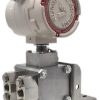

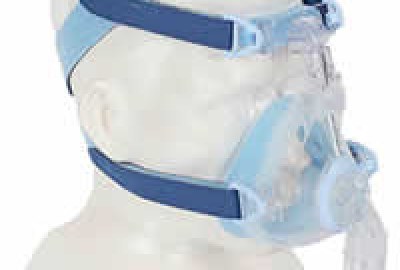
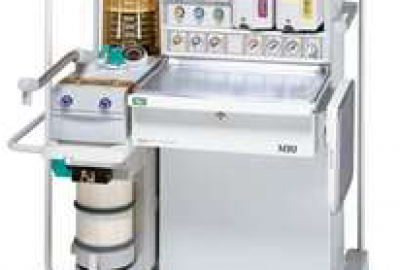
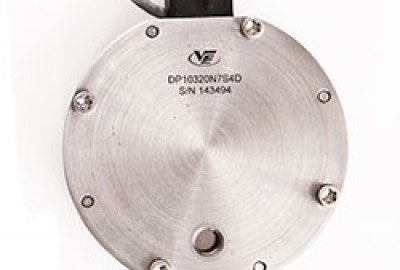
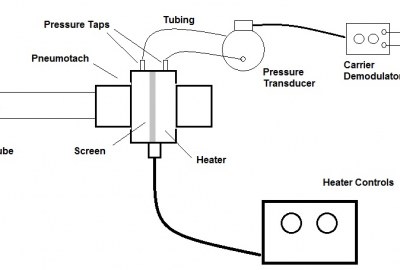
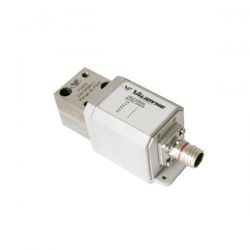
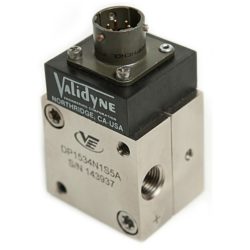
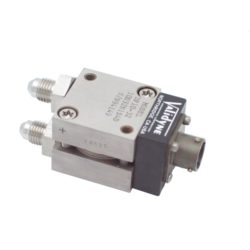
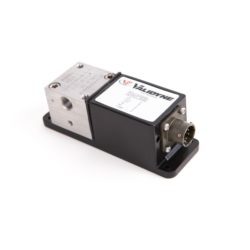
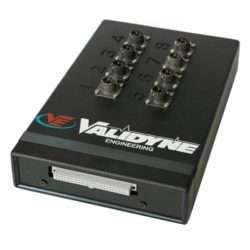
Leave a reply
You must be logged in to post a comment.